Whether it’s client work, journaling, or creative writing, I write something every day. They say if you do what you love, you’ll never work a day in your life—but that’s rarely the whole truth, isn’t it?
Doing what you love for a living, especially in a creative role, can quickly lead to burnout. It’s easy to become overwhelmed by the amount of creative work you’re taking on, and it can be stifling to put aside your own creative projects to focus on the ones that are immediately paying the bills. And if you’re neuro-spicy like me, that dissatisfaction can lead to a lack of motivation to write at all.
I’ve been a professional writer for six years. Before that, I was a journalism student at Ohio University. So I can tell you from first-hand experience that finding the motivation to write every day can be super challenging—even if you love it. Especially if it’s a topic you’re intimidated by, or worse, bored writing about.

So how do we combat this?
First, some words of advice: write about topics that interest you.
I know, this is way easier said than done. But it’s important to find a niche (or two) that you enjoy writing about if you’re pursuing a career in writing. For me, that niche is helping authors, artists, and entrepreneurs develop and maintain a personable brand voice for their business.
Now what if you aren’t a professional writer, yet you have lots of writing to complete for your job? That’s a little trickier for sure. My best advice there is to be sure you’re working in a field that interests you. It’s the bare minimum. Writing about a topic you don’t care about will always be draining. In those cases, it might be worth outsourcing the project to your favorite local copywriter.
Next, create a writing process that sets you up for success.
It took years for me to find a sustainable writing process that works every time. I need a process that is easily adaptable for tight deadlines and many different kinds of copywriting. (Blogs, websites, social media captions, etc.)
My creative copywriting process is composed of three main steps: brainstorming, puzzling, and editing. Each phase also requires a break in between. Now it doesn’t have to be a long break. When deadlines are tight it can certainly be hard to walk away. But if time allows, I prefer to take a day to sleep on it. If time isn’t quite on your side though, just getting up for a quick walk with my dog or to scroll mindlessly while eating a snack allows me to come back to my writing with fresh eyes and ideas.
Phase One: Brainstorming
In this first phase I try to write whatever first comes to mind—similar to journaling. This usually looks like a bunch of disjointed paragraphs and bulleted lists of research where I throw all my unfiltered ideas on paper. It can be hard to not edit yourself as you write, especially when working on a project with a quick turnaround time. But it is 100% worth the effort to not stifle your creativity.
One of my copywriting mentors over the years once told me he wanted to see my “meh” ideas as well as the ones I deemed “good enough.” He encouraged me to write it all down anyway just in case it led to new ideas that were even better. And how right he was! Sometimes that “meh” idea turns into the BEST idea when tweaked.
And if it doesn’t, at least that mediocre idea isn’t haunting your thoughts like an annoying song you can’t get out of your head. Writing it out provides room to think of new concepts.
Basically, don’t halt your creative process by editing too early. Throw it all down on paper and leave the editing for later in the creative writing process.
Phase Two: Puzzling
This is where I start to see the end product. I piece together all the best bits from my brainstorming, and weave them together with some solid transitions. This is the heavy editing phase. It’s easier to cut the fluff if I did things right and took a nice break after the brainstorming phase. This is because I’m less emotionally tied to my original ideas, and can more clearly see what isn’t working.
Deleting ideas can be challenging sometimes. When I can’t bear to delete an idea that isn’t working where it is, I follow a method of copying—not cutting. I leave all the writing I completed in the brainstorming process as-is, and start copying ideas from it to a new document so they flow together better. This is normally the longest phase in my writing process as I want to get the project to where I consider it 90% ready to go.
Phase Three: Editing
This is where we polish up our project and take it to the finish line. I often find myself so caught up in phase two that this final stage only takes a little time to make the copy shine. But on occasion, I decide I don’t love where we are and need to add new ideas to the mix.
This is the adaptability of my writing process that I mentioned earlier. It’s important to give yourself grace and recognize when a project would be better served by starting again. Making sure to take that break between the puzzling and editing phases allows me to make that choice more easily as well.
Conclusion:
But that’s it! When in doubt, remember that almost no one loves their first draft. You’re allowed to take the time you need, and you SHOULD in order to produce your best writing. Forcing yourself to write for hours on end until the project is “good enough” will leave you with more distaste for your final copy than anything else. (As well as creative burnout.) Great copywriting is an art, not a race. Even the most pressing project will be better served by you taking the time to brainstorm, puzzle, edit, and take some sort of break in between. Happy writing!










